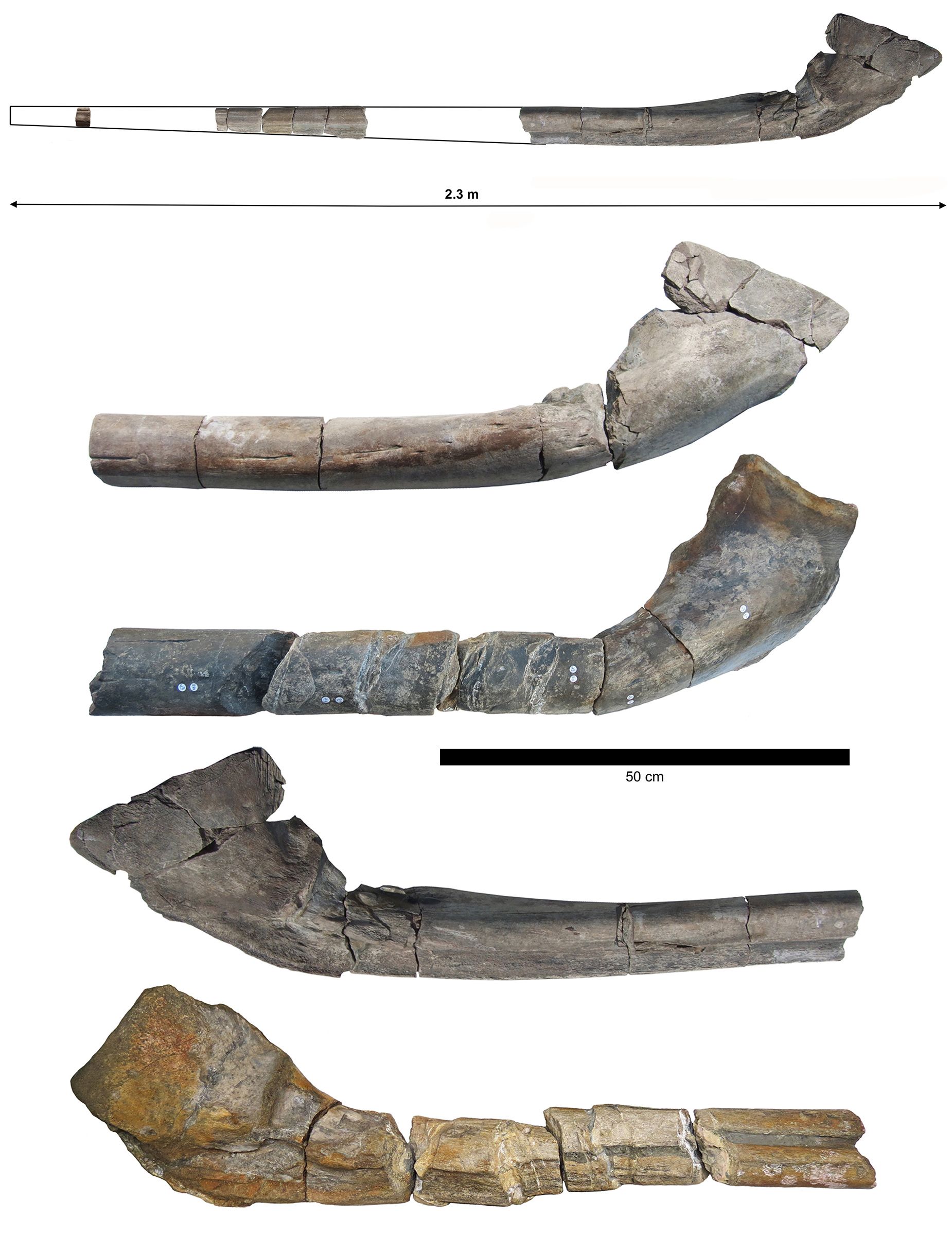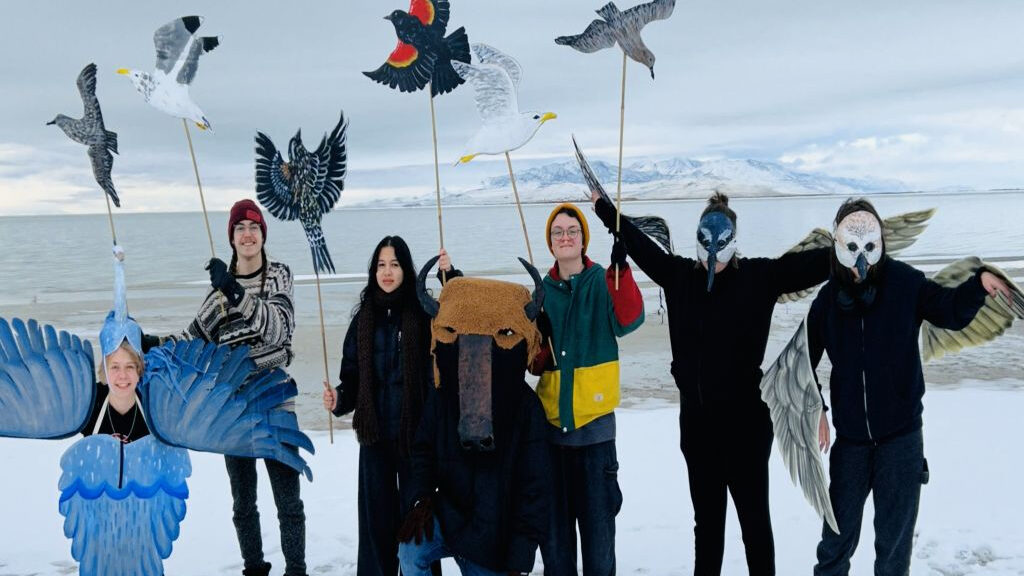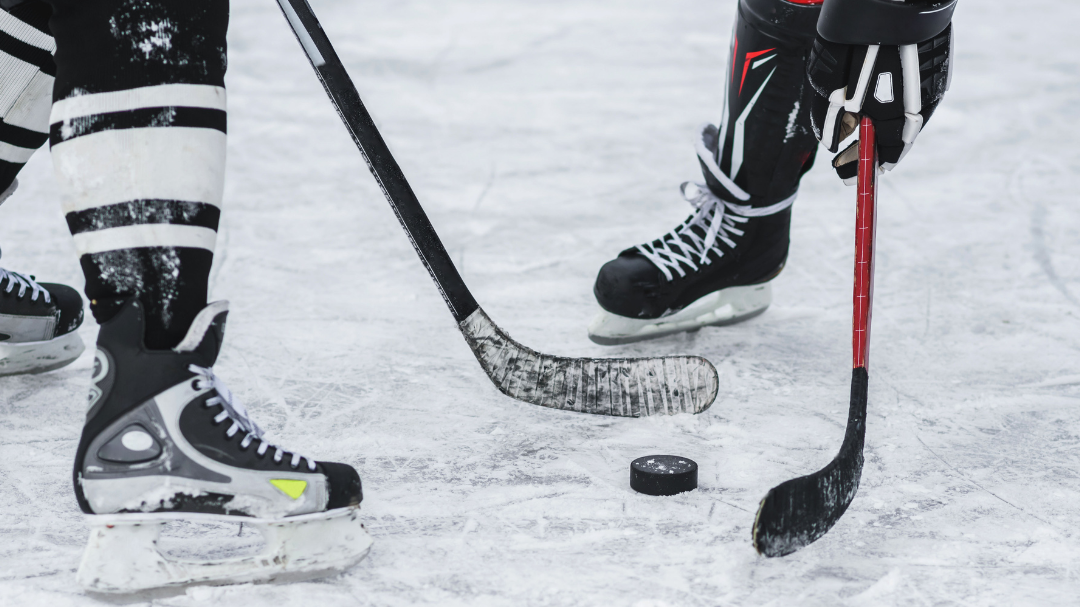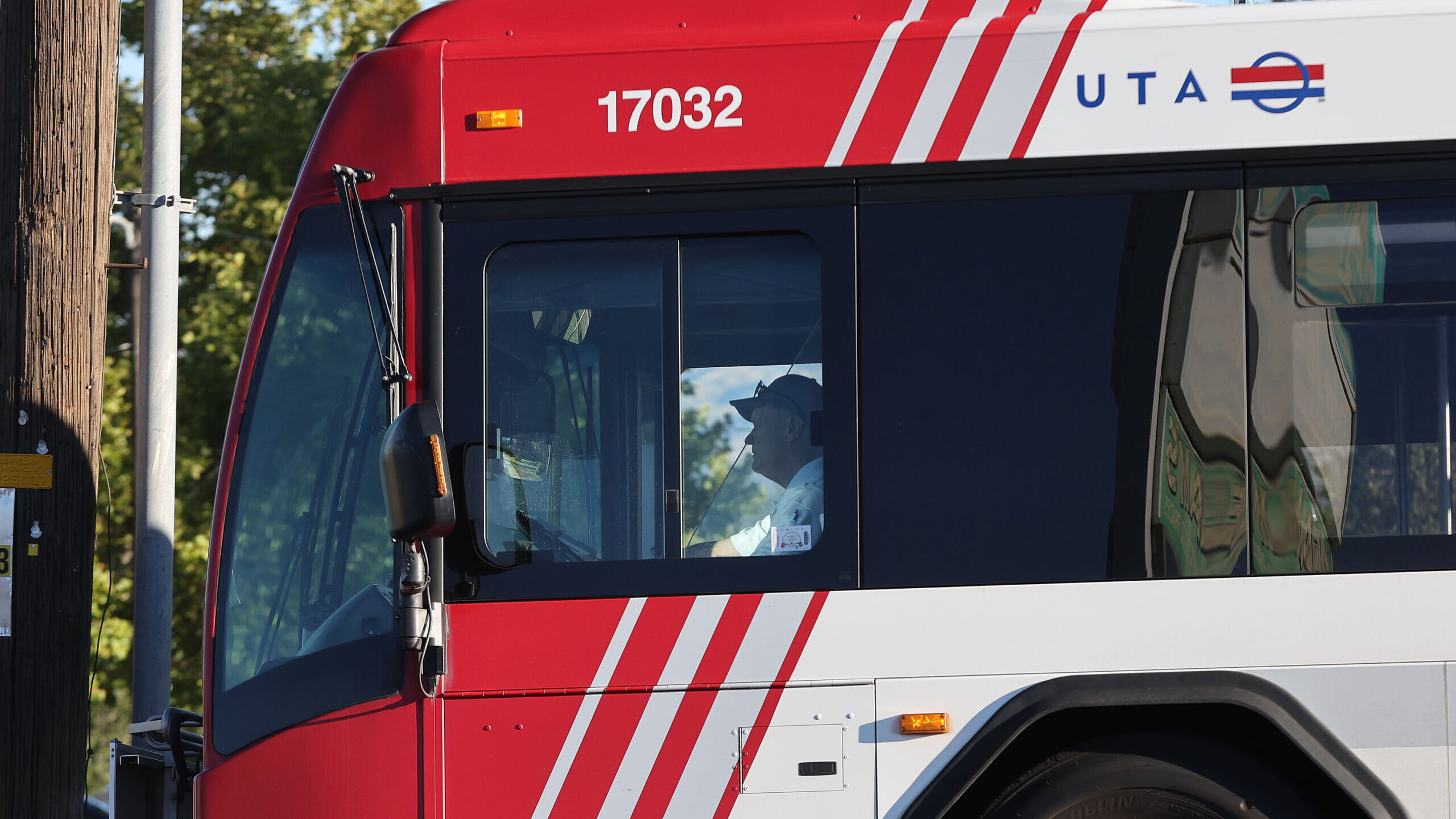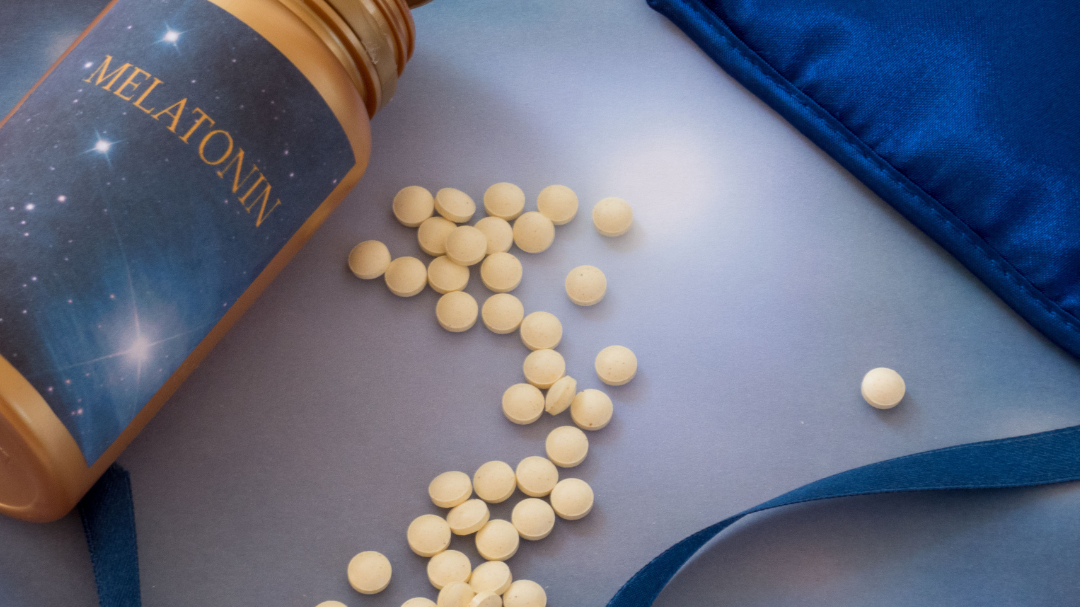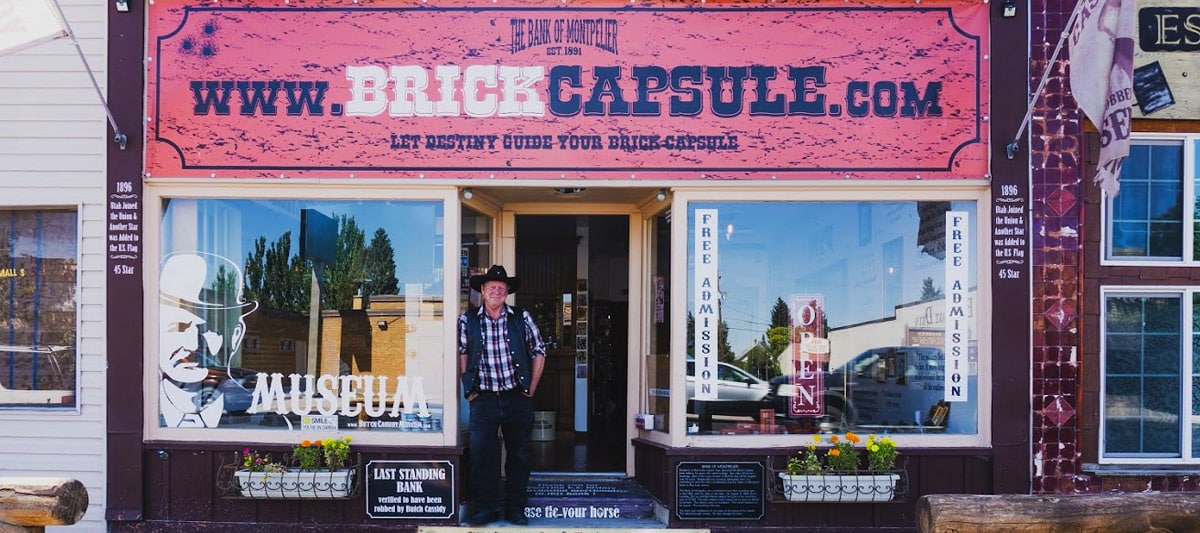Apollo 13 astronauts and flight controllers reflect on a ‘successful failure’
Apr 13, 2020, 5:59 AM
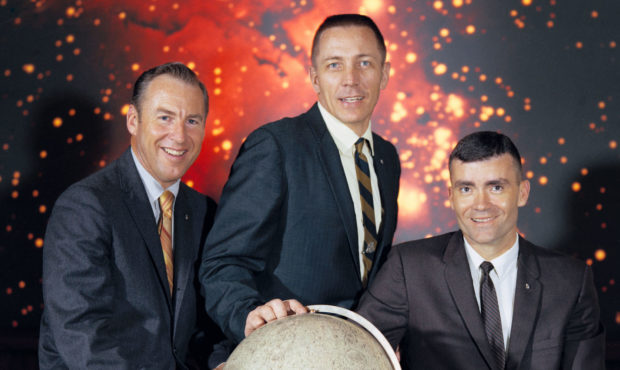
These three astronauts are the prime crew of the National Aeronautics and Space Administration's (NASA) Apollo 13 lunar landing mission. Left to right, are James A. Lovell Jr., commander; John L. Swigert Jr., command module pilot; and Fred W. Haise Jr., lunar module pilot. Apollo 13 will be the United States' third lunar landing mission.
(NASA)
(CNN) — On the evening of April 13, 50 years ago, NASA astronauts James Lovell Jr., John Swigert Jr. and Fred Haise Jr. were about to go to sleep for the night in the Apollo 13 command module. They were about 200,000 miles away from Earth on the way to the moon.
Everything was about to change, ultimately forcing the crew to abort their mission.
Here’s what happened, according to newly released interviews with the NASA astronauts.
The explosion
The astronauts had just finished a TV broadcast providing a tour of the lunar module that would land on the moon.
On the ground in Houston’s Mission Control center, Apollo 13 flight director Gene Kranz and his team were about to hand off to another shift.
In audio from the mission, the crew was asked to stir up the liquid oxygen tanks. Swigert flipped a switch.
Then, an explosion crackled over the audio from Apollo 13’s command module. “Houston, we’ve had a problem here,” Lovell said.
“We heard this loud bang that reverberated with a little echo because the vehicles we’re in were metal,” Haise said in the new NASA documentary, “Apollo 13: Home Safe.”
Haise compared it to being in a barrel that was hit on the side with a sledgehammer.
When one of the oxygen tanks exploded, it ruptured another.
Lovell recalled seeing that two of the three fuel cells, which develop oxygen, were gone.
“I drifted over to the window and looked out the window,” Lovell recently told NASA’s “Houston, We Have a Podcast.” “I can’t tell you now why I did it, but when I did, I saw escaping at a high rate of speed a gaseous substance from the back of our spacecraft, and it dawned on me that yes, we had lost something. And then I looked at the oxygen gauges, and one read zero, and the other one was going down.”
Apollo 13 was comprised of three main components. The command module housed the crew, acted as a control center and would enable them to return to Earth. The service module supplied oxygen, power, water, main propulsion and maneuvering systems for the spacecraft. And the lunar module would enable them to land on the moon.
The explosion impacted the service module and effectively killed it, removing all of the necessary items it contained for the mission.
As a result, the command module’s power was dying. Without it, they couldn’t return to Earth.
The crew knew they would no longer be landing on the moon. Now they had to figure out how to get back to Earth.
“I was sick to my stomach with disappointment, because I knew pretty quick we had an aborted mission,” Haise told NASA’s “Houston, We Have a Podcast.”
The crew and Mission Control teams had to act quickly. The command module only had 15 minutes of power left, and they had to save the battery power reserves for re-entry. They worked to shift everything, including navigation, over from the command module to the lunar module during that short time.
It was meant to land on the moon and hold two men for two days. Ultimately, it would hold three men for four days when the astronauts and Mission Control both decided to use it as a “lifeboat” for the crew.
The crew had to make several burns, used as course corrections, to put them on the right path that would send them back towards Earth.
To do that, Lovell, Haise and Swigert had to swing around the moon. The lunar module’s engines, which would have helped it land and lift off from a lunar landing, were instead used to put it on that path that would use the moon’s gravity and send it back toward Earth.
On the back side of the moon, the astronauts lost contact with Mission Control, as expected.
Lovell had seen the moon during his Apollo 8 mission. But Swigert and Haise were seeing it for the first time. They photographed it “like tourists,” Haise said.
“We were 130 miles above the surface, which gave us a larger span of the Moon to shoot,” Haise told “Houston, We Have a Podcast.” “Farouk El-Baz, one of our trainers for lunar geology, in the lunar scene told us afterwards that we shot some very good pictures that had not been shot before. I think he was trying to make us feel good, that we had done something right on this mission.”
Returning home
Another burn was needed after looping around the moon. Without it, the spacecraft would drift so far that the astronauts would miss the Earth in a wide swing.
Then, the mission became about returning the astronauts home as soon as possible. With limited resources, their time was running out. They shut down everything but necessary life support systems in the lunar module. The temperature dropped, reaching 38 degrees Fahrenheit on the day they were expected to land on Earth.
Haise recalled that water was everywhere. It built up on wiring, windows, the walls and instrument panels.
To keep warm, Haise and Lovell donned the boots they would have worn on the surface of the moon. Swigert put on his spare underwear. But they couldn’t put on their spacesuits because it would trap any moisture inside.
There was also the issue of the carbon dioxide the men were exhaling into the cramped quarters of the lunar module. Their carbon dioxide canister was quickly filling.
Mission Control engineers scrambled to come up with a solution and sent up the instructions to the astronauts. Using materials they had on the spacecraft like plastic bags, tape and cardboard, they were able to build a connection between lithium hydroxide canisters in the lunar module and command module systems.
The lithium hydroxide canisters were able to clear the carbon dioxide and within an hour, the carbon dioxide levels in the lunar module dropped.
“The three of us put the thing together, and by God, it worked,” Lovell told “Houston, We Have a Podcast.” “And so, it was a perfect example of team work, and thinking sort of outside the box. But also slowing down and not trying to rush things. And we got rid of the carbon dioxide to safely get home, otherwise that would have been the end of us.”
On the ground, Mission Control teams ran simulators to determine how the astronauts could reenter Earth’s atmosphere and land. None of their previous simulations leading up to the mission had prepared for this.
They also had to power up the command module again, jettison the dead service module and move from the lunar module back to the command module so they could lose the lunar lander, too. The lunar module, their lifeboat, had no heat shield and would be useless in re-entry.
As they jettisoned the service module, Lovell took photos.
“There’s one whole side of that spacecraft missing,” he can be heard saying in mission audio. He could see material hanging out into space from the base to the engines.
The astronauts had to adjust the angle of the spacecraft to the precise two degrees needed to keep from bouncing off the Earth’s atmosphere or burning upon re-entry, Lovell said. And they had to do it without a computer or display system.
Using the Earth and sun’s positions for orientation and pitch, the three astronauts worked together to make corrections for the angle of entry.
When the spacecraft’s parachutes opened after re-entry, applause crackled over the audio from Mission Control.
Looking back, flight directors Kranz and Glynn Lunney realized that everyone did what needed to be done. They had worked together on previous missions. They were comfortable with one another. And they trusted each other.
“It never really converged to the point where you felt you really had total control of what was going on,” Kranz said in “Apollo 13: Home Safe.” “About the time you turned the corner, something new would show up.”
“So it was a question of getting this entire world geared and orientated to one single job: get the crew home. And boy the teams worked out great,” Kranz said.
“When it really happens, we didn’t have to open any books to tell us what we had to deal with,” Lunney said. “We didn’t need coaching, it just happened. We pulled that off.”
Looking back
Lovell said that positivity kept the astronauts going during the aborted mission. He and Haise reflected on the journey 50 years later during a recent reminiscence with NASA’s “Houston, We Have a Podcast.”
“You have to look at what you’ve got, and how can you get home,” Lovell said. “And as long as we could get over one crisis after another, we kept, you know, thinking positive, and until we finally made the landing.
“The explosion occurred at just the right time to make sure that we could– or to get our return safely. If the explosion occurred, and we’d already gotten to the high velocity to go to the Moon, we’d probably have had to go around the moon to come back home again, and I don’t think the lunar module would have had the electrical capacity to get us home. If the explosion occurred once we were in lunar orbit, or you know, around the lunar surface, well then, we would have been stranded at the moon.”
Ironically, the mission, deemed a “successful failure” because the astronauts were safely returned to Earth even though their lunar landing was aborted, brought a renewed interest in NASA and spaceflight for the public. Previous successful flights, like Apollo 11, had made lunar landings seem more normal, Lovell said.
Previous lessons learned from the ill-fated Apollo 1 mission also saved the astronauts on Apollo 13. After the Apollo 1 fire, significant redesign, including rewiring, was done on the command module. It meant that the wiring was waterproofed in the command and lunar modules. This prevent any electrical shortages when the water built up as temperatures dropped, Haise said.
But the ultimate lesson the men carried away from Apollo 13 was what true teamwork can achieve.
“I really learned that you can’t suddenly have a problem, and then just you know, close your eyes and hope there’s a miracle coming on, because the miracle is something you have to do yourself, or having people to help you,” Lovell said.
The-CNN-Wire
™ & © 2020 Cable News Network, Inc., a WarnerMedia Company. All rights reserved.


